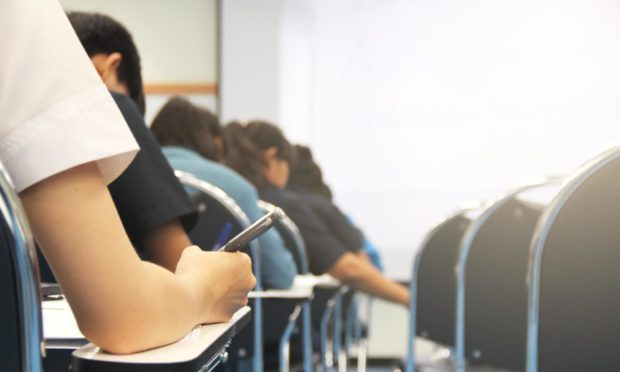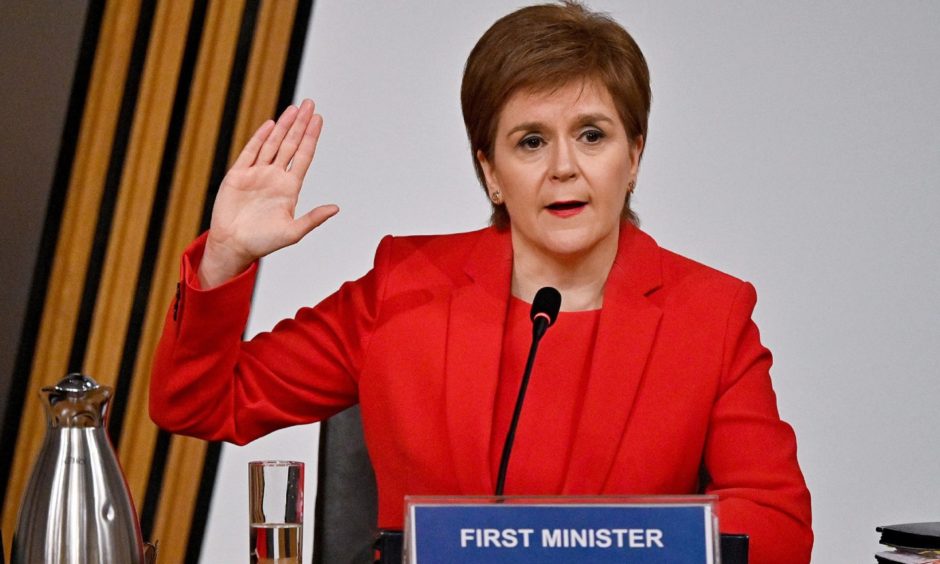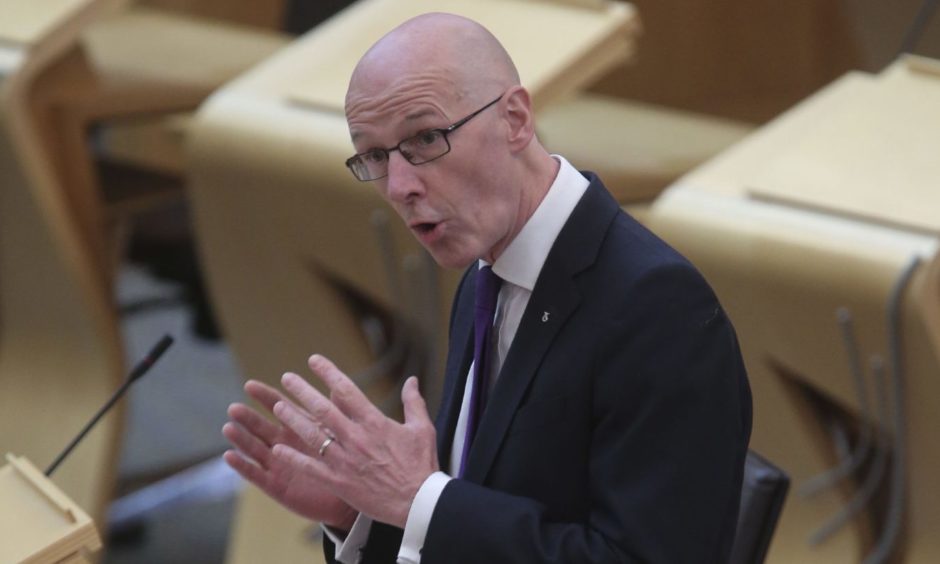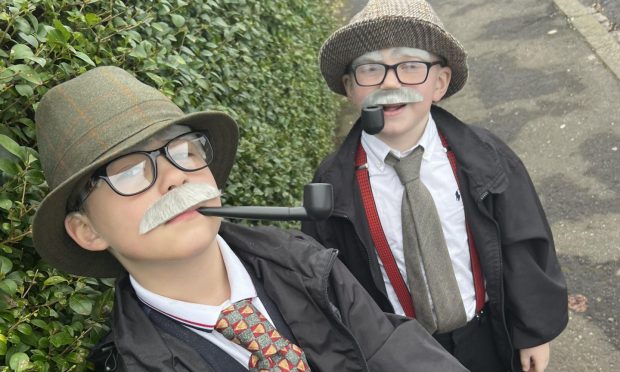The re-opening of Scotland’s schools may have been fast-tracked to provide a positive news story ahead of Nicola Sturgeon’s appearance at the Alex Salmond inquiry, a teaching union boss has claimed.
Andrea Bradley, assistant general secretary of the Educational Institute of Scotland, said teachers had been “caught by surprise” by the decision to have children in primary 4-7 return full time from Monday, along with the part time return of secondary pupils.
The milestone was not expected to be reached until after the Easter holidays in April but on March 2, the day before Ms Sturgeon appeared at the Holyrood inquiry, the first minister announced plans would move along at a quicker pace.
Appearing on BBC Scotland’s Sunday Show, Ms Bradley said the surprise announcement led to increased workloads for teachers and she was aware of one secondary headteacher on the 74th version of his timetable this academic year.
Asked by host, Martin Geissler, why she thought the Scottish Government had accelerated the return, Ms Bradley said: “There certainly has been quite strong lobbying for that from some quarters and certainly from our point of view we felt that the decision seemed to be more of a political one, rather than one that was based on sound educational principle.
“It certainly wasn’t one that was taking account of the very real circumstances in which teachers are currently working and have been working, under really quite significant stress and pressure over the last six months or so.”
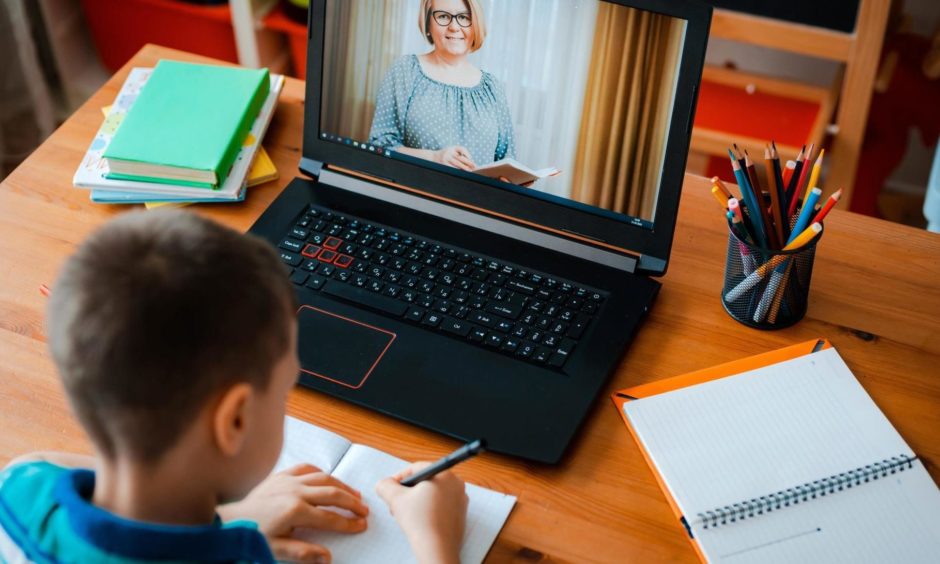
Asked what she meant by ‘a political decision’ and if she was saying ministers wanted to be seen to be doing something, Ms Bradley replied: “Well I think there’s an element of that and I think that we also have to have cognisance of the context within which the decision was announced.
“You know, it took place the day before the parliamentary evidence-giving session.
“Our sense was that the government was looking for a good news story that week and the reopening of schools on this kind of scale was certainly one way of providing that story.”
‘Concerned about the wellbeing of S1 to S3 pupils’
Ms Sturgeon’s mammoth eight-hour evidence session on March 3 saw her grilled by committee members on the Scottish Government’s handling of harassment complaints against her predecessor, Alex Salmond.
His judicial review against the government’s botched probe into the claims cost taxpayers more than £600,000 in legal fees and there have been questions over meetings Ms Sturgeon attended with Mr Salmond and his chief of staff.
On the eve of her first appearance at the committee, the Scottish Conservatives called on the first minister to resign following the publication of legal advice outlining concerns about the government’s chances of wining the case.
But deputy first minister and education secretary John Swinney rejected that the schools announcement had been politically motivated.
“We were concerned about the wellbeing of S1 to S3 pupils who might feel excluded from the return to school if we didn’t give them some opportunity for face-to-face learning before the Easter holidays,” Mr Swinney said.
“That was the one and only motivation that the government had, which was to address the widespread concerns that have been expressed by many individuals – many young people.
“I’ve listened to young people directly myself who are concerned about the effects on their own wellbeing, the loss of social interaction with their peers and with the teachers.
“So that’s why all secondary pupils are returning for some elements of education and face to face learning in the forthcoming few weeks.”
